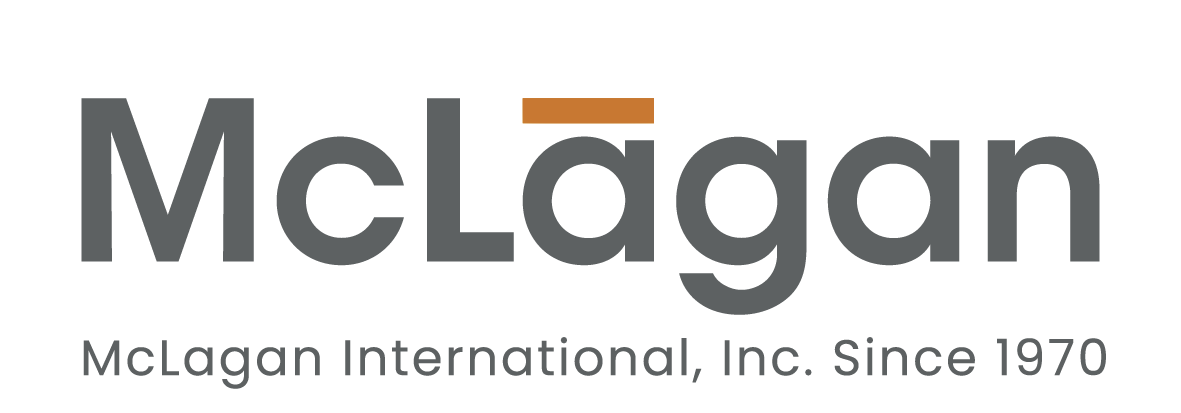First Published 2015

NUGGET: It’s not enough to add change management steps to project plans and programs. Ensuring change success requires other more powerful and sometimes subtle actions. Here are four.
Change management is becoming a differentiating capability in organizations today. There are more accessible and useful tools and training – stakeholder analyses, better planning and project/program management tools, readiness assessments, communication formats. Change management modules are regularly being built into big technology and other strategic programs. Good stuff, but often they don’t fit the change challenge or even divert valuable energy because they overly bureaucratize what sometimes needs to be a dynamic and learning-driven process.
Four major elements are missing from many change management approaches today. When these elements are present, the change management toolkits that are popular today will find themselves in the hands of people who can actually achieve something with them:
- First, it’s important to realize that there is a deeper transformational change occurring as organizations reconfigure themselves to more flexible performance networks. The real performance community is the entire value network — from the customer back through the entire value chain, and from product/service inception out to the customer. The view of the organization as a pyramid and silos may be the main reason why changes are so hard to make.
- Second, it’s imperative for everybody to see change as a normal process – not as something that will end “so we can get back to business as usual.” It IS business as usual. We need to help everyone in the performance network to see that change is everybody’s business. When individuals adopt that view, then they must also develop skills and mindsets to deal with change dynamics.
- Third, it is vital to put a lot more energy into developing a new kind of in- process change management capability. It is one thing to integrate “change” into plans, to structure communications, to implement all the change methods we find in change management toolkits. But a great deal of change management support occurs while the change is in process. Change leaders (and this means executives, too) must tune into what is happening while the change is being implemented, and then know whether or not — and how — to respond.
- Fourth, most organizations need to become much better at the front end – before the change is launched. This means noticing the problems and opportunities that signal the need for change and then deciding when and how — and even whether — to respond. A lot of this responsibility falls squarely on top leaders’ shoulders. Change failures can often be traced to the fact that the changes should not have been introduced in the first place or were solutions to the wrong problems.
I fear that most change management approaches are still in the “control cause and effect” mode – and that popular change management methods and tools collude in this worldview. In the meantime, successful change requires us to embrace a new worldview and mindset. We need to put on more powerful lenses for seeing, understanding, and predicting change patterns in people, the organization and the larger environment. Only then will the various tools for supporting change be put to appropriate use.
NUGGET: It’s not enough to add change management steps to project plans and programs. Ensuring change success requires other more powerful and sometimes subtle actions. Here are four.


0 comments on Four Missing Pieces from Today’s Change Management Agendas